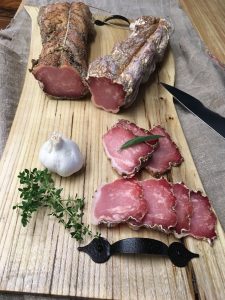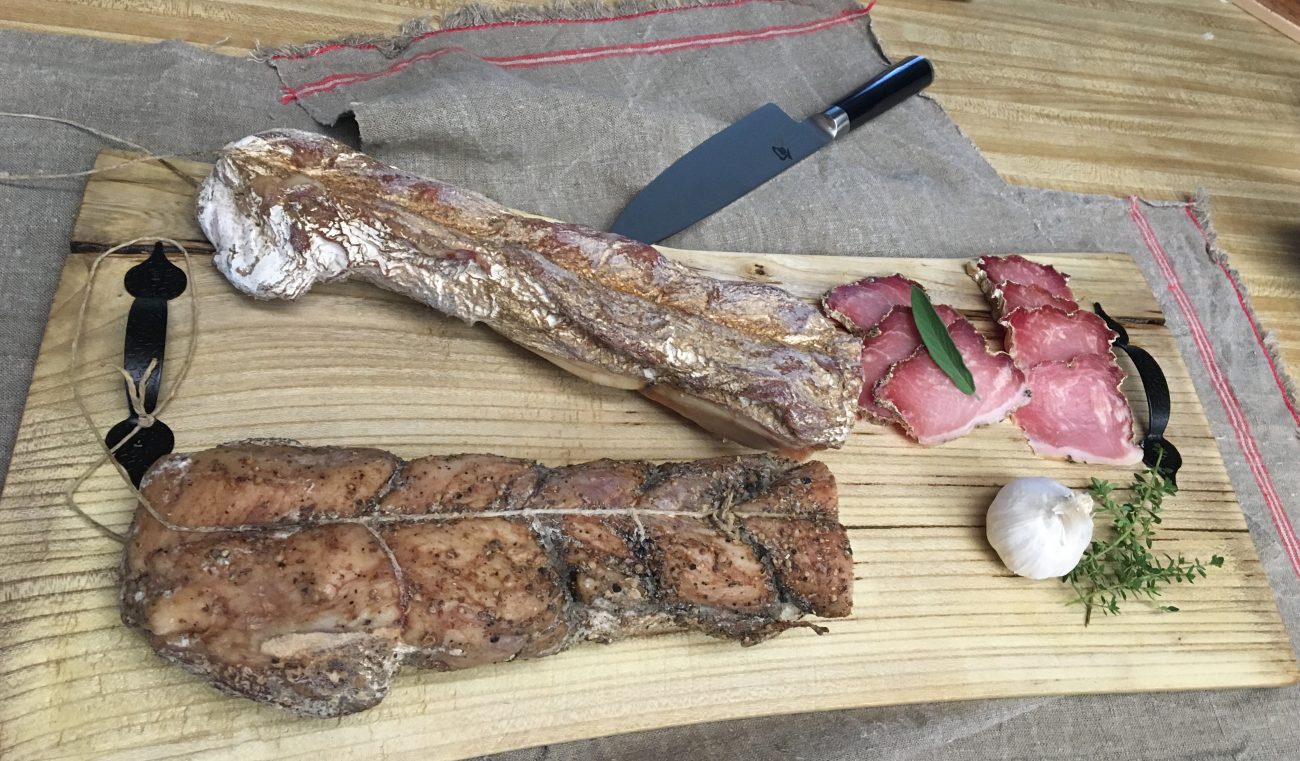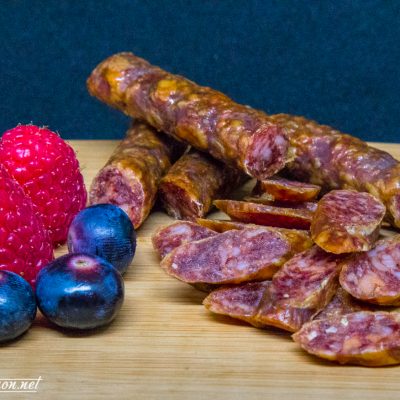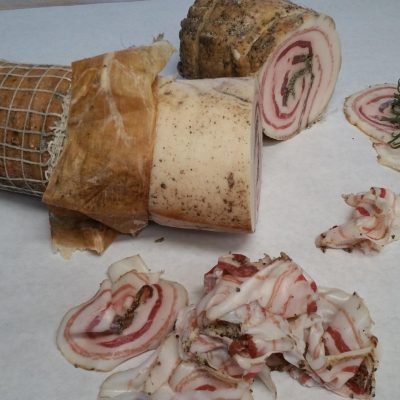Directions
I am a Poleshuk. My people emerged from the Slavic proto-mass with a healthy dose of assimilated Goths as well as Celts and Balts around the same time when Saxons invaded England. Since that time, we lived in the vacinity of the Pinsk Marshes with occasional disturbances by the waves of invaders from East to West and from West to East. Due to the virtual impregnability of the marshes and the wetlands, the armadas of passing armies went North or South of us, leaving behind only some DNA and occasional bodies 6 feet under.
Until recently, our archaic customs and culture remained unchanged for probably the longest period than in any other locality in the Eastern Europe. Here, Christianity still breathes and smells a healthy dose of paganism despite the best efforts for the last millennia by bearded priests.
Per general facial features of the population, some German “anthropologists” claimed that the “Aryans” emerged here. Yet, that did not prevent Nazis from developing the “Pripet Plan.” Established and implemented – thanks God, only partially – by Konrad Meyer, the plan would entirely eliminate local “degenerate” population, drain the marshes, and send colonists from their Deutschland to repopulate the area.
Industrious Germans started working on the plan, burning many villages together with their inhibitors, packed in churches. My own grand-grandfather was burned alive in one of such operations. Yet, when the war was over and everything settled the proud SS member and honorable professor Meyer was appointed to the University of Hanover to pass to the students his valuable experience…
At the end, the territory and the people were finally divided between Ukraine, Belarus, Poland, and Russia. Each of them claims the Poleshuks as their own. For centuries, our self-identification came as “tyteishnij”, “I’m-from-here.” Yet, after WWII this has been changing as Poleshuks started adopting language and ethnic identities of the controlling powers.
This finally brings me to the point.
I was born in Rokitne, a small town on South-Center from the Pinsk Marshes. My brother-in-law comes from Kalinkavichy in Mazyr region of Belarus on North-East side of the marshes. Before we got divided by Ukrainian-Belarus border, we’re on the different sides of Polish-USSR border from 1929 until 1939. Yet, we speak the same language and bear the same culture, including culinary traditions. After I’ve started my journey to charcuterie, the brother-in-law has been reminiscing about Polyandvitsa of his childhood. Called “polędwica” in polish and “palyadvitsa” in Russian, this is a simply dry-cured pork loin, although some cuts of beef were used in the past.
Traditionally, when a pig was slaughtered before the Christmas, the loin would be salted. Both brine and dry-salting were acceptable. Then the loin was sprinkled with spices, wrapped in linen — flax was the main source for textiles in our region — or, in my time, the cheesecloth, tied with a hemp twine , and put to dry-cure on the filled with hay attic. Typically Polyandvitsa was considered to be ready by early summer. Some regions were utilizing saltpeter, while for others that was unnecessary luxury. By the end, the product looked and had texture more of the “dried meat” that any poleshuk takes with him to the swamp for a long morning swinging the scythe.
As in all recipes, I’ve adopted salt, cures, and dry-curing conditions to the North American standards. In my brother-in-law area, Polyandvitsa was either made with just sugar and salt, or with addition of coriander, caraway seeds, and black paper. Hence, I made two…
Recipe:
Two pork loins received 2.55% salt and 0.25% cure#2. First one got 0.3% sugar, while the second went with 0.3% coriander, same amount of caraway seeds, and 0.5% PB. I’ve left a thin “line” of fat on the first. Loins were vacuum sealed and placed in refrigerator for 2.5 weeks. Every few days they were massaged and turned. After the salting through EQ, the loins were washed, dried, and rested overnight in fridge. The second was dusted with the same combination of spices. Since there is no need to use cheesecloth or linen to wrap the loins, I just tied with hemp twine and sent to the Curing Chamber for additional two month and three weeks.

Weight loss at the end — 39%.
I’m not very excited with the end product. It’s blunt, even, and without a “spark.” After all, the pork loin is not the best choice for dry-curing…
Yet, my daughter loves it and that justifies my efforts. Not to mention the fact that as we slice a piece of Palyandvitsa and consume it with onion under the accompaniment of the borscht, I pass alone to my kids something that their poleshuk ancestors have done for centuries. And that’s worth the trouble…
By the way, the unbleached linen on photo, the utyralnyk, was weaved from the spanned at home flax thread by my mother-in-law when she was a teenager after the war.



 Русский
Русский



